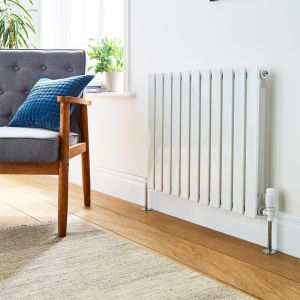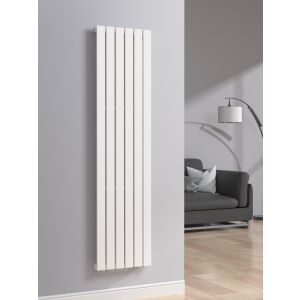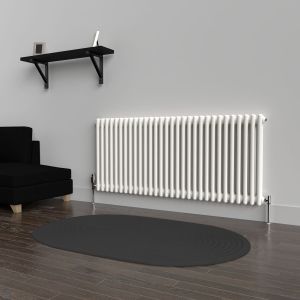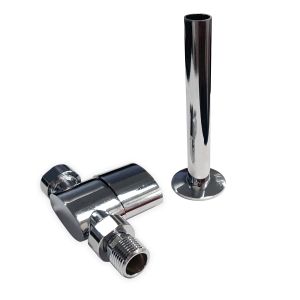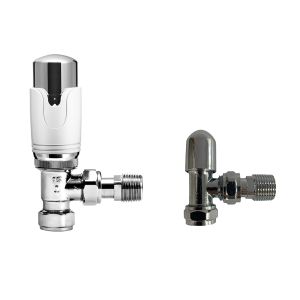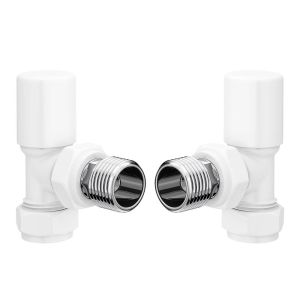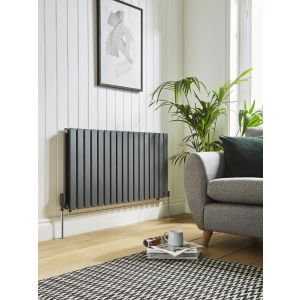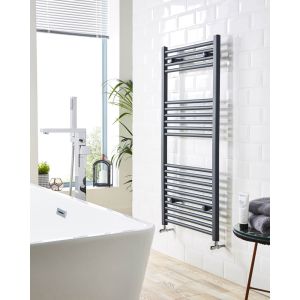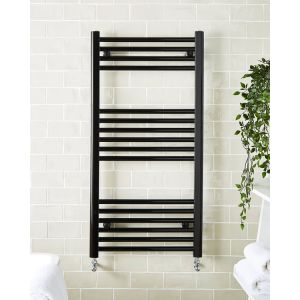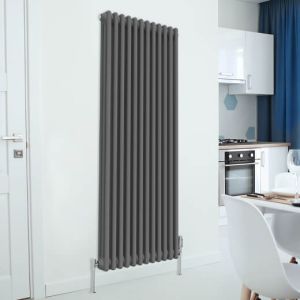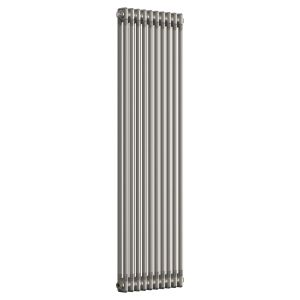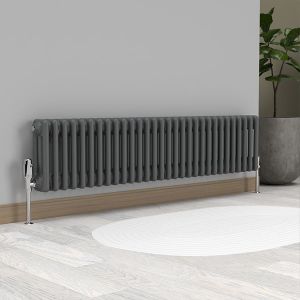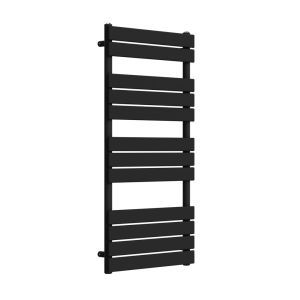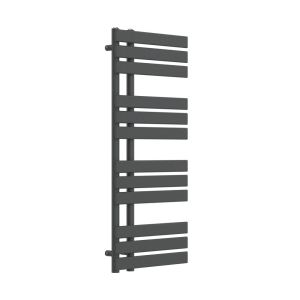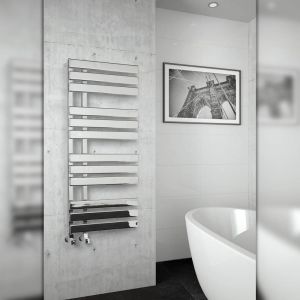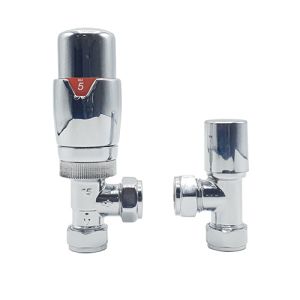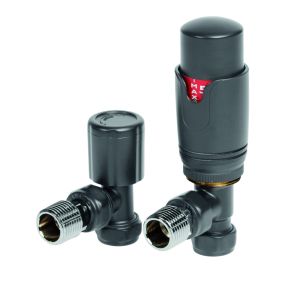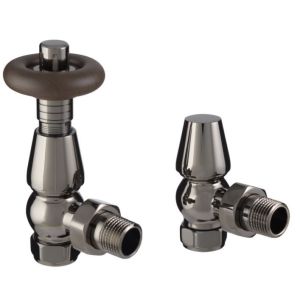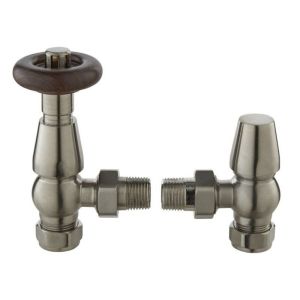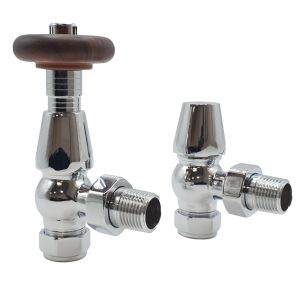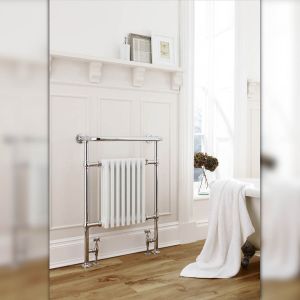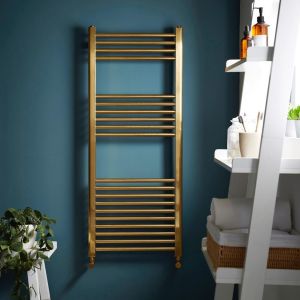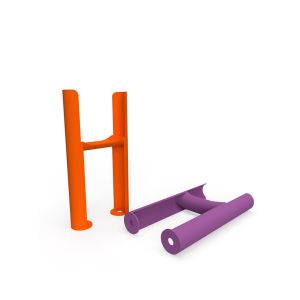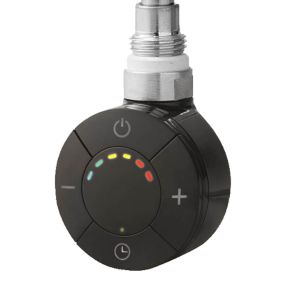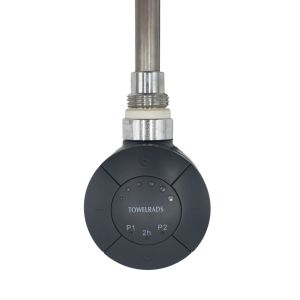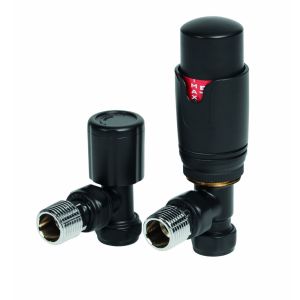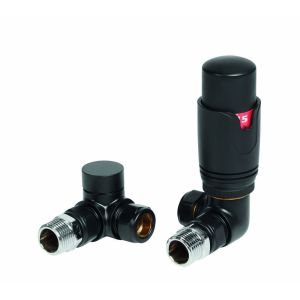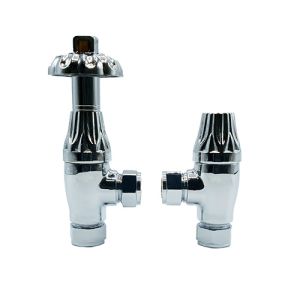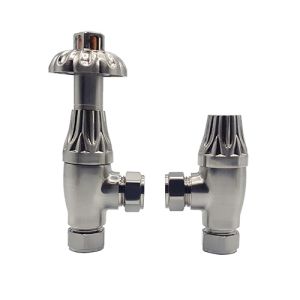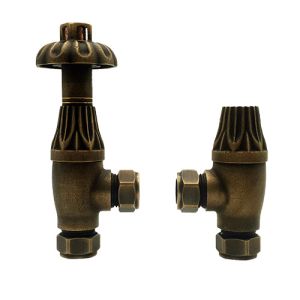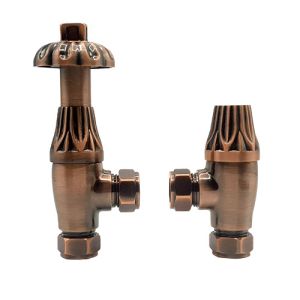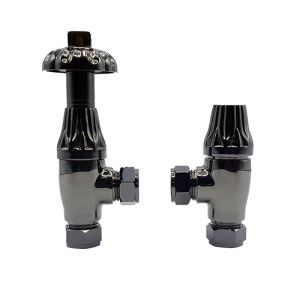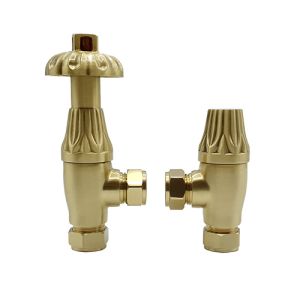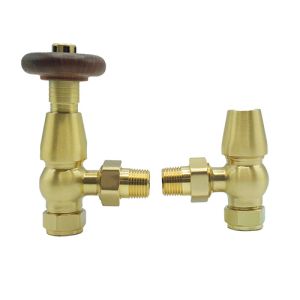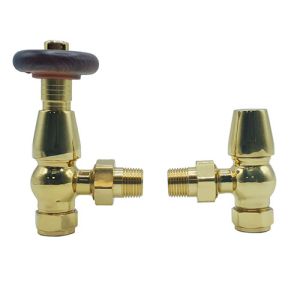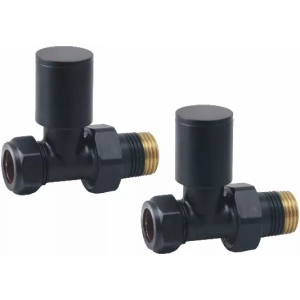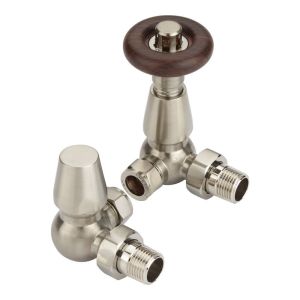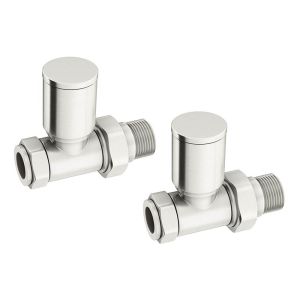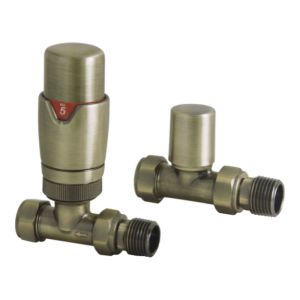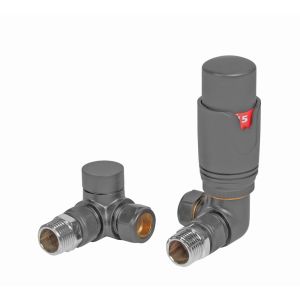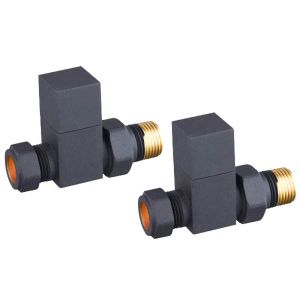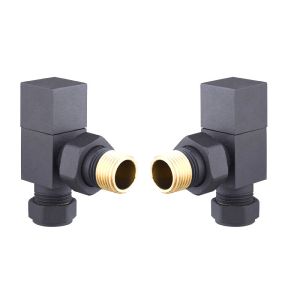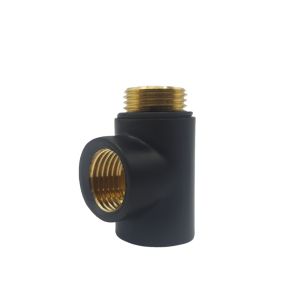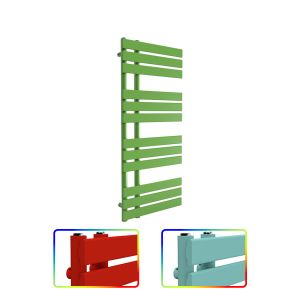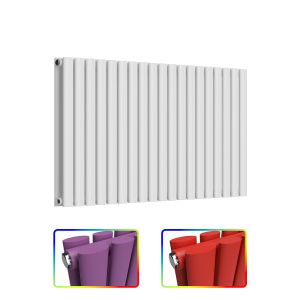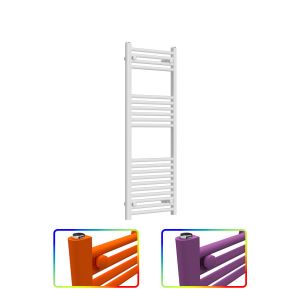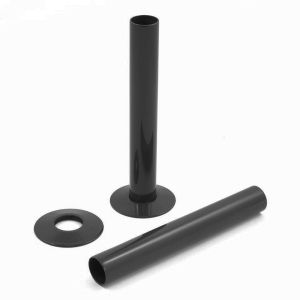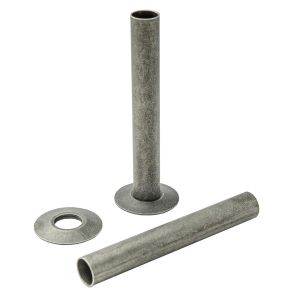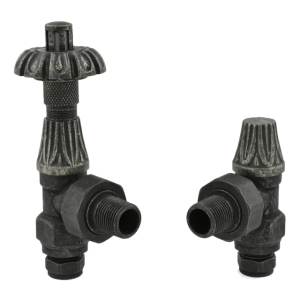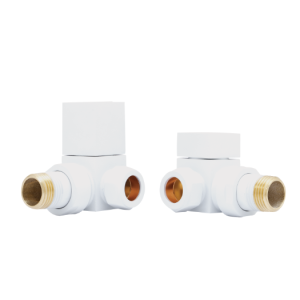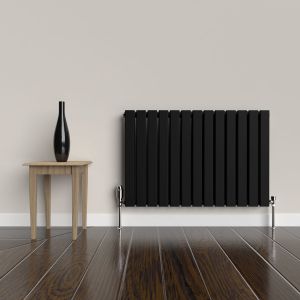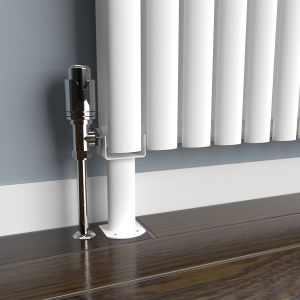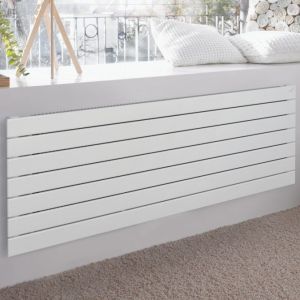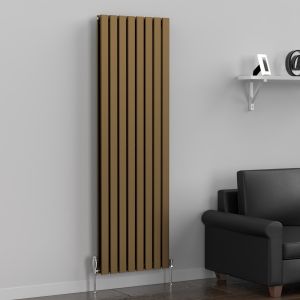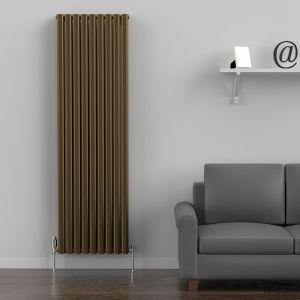It’s a problem all too familiar to too many homeowners who are reliant on central heating radiators; why’s one radiator not getting hot? The answer may well reveal itself – and, happily, the solution achieved by –balancing their system’s radiators. But why? And, most importantly of all, how do you successfully balance your home’s radiators?
Why do you need to balance your radiators?
Before we get to the “how,” let’s start with the “why?” It’s a valid query – so now we shall explain it to you in the simplest possible manner. Unbalanced radiators will not heat up at the same speed as each other, leaving some areas of the house colder than others. Perhaps you have one radiator not getting hot while another gets hot very fast. Perhaps you have many! Balancing radiators means matching the speed of radiator heating across the various rooms of your home. It’s as simple as that but also very important as you can imagine.

Balancing or bleeding?
Now, if you find that your radiators are showing cold spots across certain points of their frame, you will also need to bleed your radiators. This is not as hard or as gory as it sounds; thankfully!
How to balance a radiator
To begin, you need to gather some tools. Balancing radiators requires the following:
- Radiator bleed key
- Lockshield valve key
- Screwdriver
- Digital thermometer/ multimeter with thermometer
Now that you have gathered these tools, it’s time to balance those radiators and uniform your home heating system performance. It’s a simple DIY job, yet so important you will no doubt feel like the absolute don when complete. Here’s how…
Turn off the heating
To begin balancing radiators, all of the radiators in your home must be completely cold. So, time to turn off your home heating. It also does help if you have recently bled them as your upcoming temperature readings will be more accurate.
Work with your radiator valves
You may already know the type of valve that your radiators possess. Perhaps you have planned it so that each of your home’s radiators have the same type of valve. Perhaps not.
Either way, balancing your radiators involves having the correct lockshield valve access. This could be a push cap or a screw cap where the correct screwdriver needs to be used. Whatever it is, get that valve cap removed. You should also look at the other side of the radiator to see whether you have a Thermostatic Radiator Valve – most modern radiators will do.
Open the valves
Now that your radiator valves are exposed, it’s time to open them up. Radiator valves open in an anti-clockwise direction (turning to the left). Depending on the condition of your radiator, it may be done quite simply by hand. If they are offering up a bit more resistance, grab your lockshield valve key and get twisting. Radiator balancing, here we come!
Take note how your home warms up
With all of your radiator valves now open, it’s time to crank up the heat. Turn back on your home heating and make notes of the speed at which each of your home’s radiators heat up. It helps to enlist a few friends or the kids at this point so that you can shout to one another throughout the home as you document your radiators’ heating competition. Otherwise, you’ll be the one who’s heating up fastest as you rush between all of your home’s radiators! You’ll find those radiators nearest the boiler usually get hot the fastest. And by the end of this step, you will be left with a ranking of your radiators by which ones got hottest fastest.
Turn of the heating – again
Now you turn everything off and let your radiators return to their at-rest cool state. Many perform the first half of the operation one day then wait the night before performing the second half. It’s up to you how you do it – just be prepared for this time-consuming yet vital step in the journey to successfully balancing your radiators.
Balance the quickest radiator first
Now it’s time to turn the heating back on. And, as you do so, turn your attention to your fastest-heating radiator. Let’s now close its lockshield valve in a clockwise direction (turn to the right) then, once closed, open it by exactly one quarter turn.
Measure the temperature
With your fastest radiator nicely warm, it is time to take a couple of temperatures using your digital thermometer or multimeter with thermometer. First, we take the temperature from the pipework next to the valve. Next, we take the temperature from the pipework on the opposite side of the valve, where your Thermostatic Radiator Valve likely is. Observe the difference, the gradually open the lockshield valve until the temperature difference between the two is 12°c precisely. Do bear in mind that balancing radiators in this way requires some minutes between each lockshield adjustment for the temperature reading to respond accordingly.
Balance the other radiators
Now that you have balanced your first radiator to an exact difference of 12°c, it is time to tend to your slightly slower radiators and balance them just the same. Do so in the order of their ranking. So, close their lockshield valves and open once more by no more than a quarter turn. Open progressively, allowing some minutes for the radiator to catch up, until a 12°c difference is read.
What you will find when balancing radiators is that the amount the lockshield valve needs to be opened is correlative to the distance of the radiator from your home’s boiler. When it comes to the slowest of your radiators – which may well be the furthest from your home’s boiler – you may find the lockshield valve even needs to be opened completely.
And you’re done!
If you followed the above steps correctly you will find that your radiators are now balanced and that the dispersal of hot water from your boiler is reaching the furthest radiator from your boiler as evenly as it is reaching the closest.


